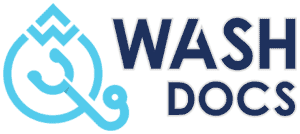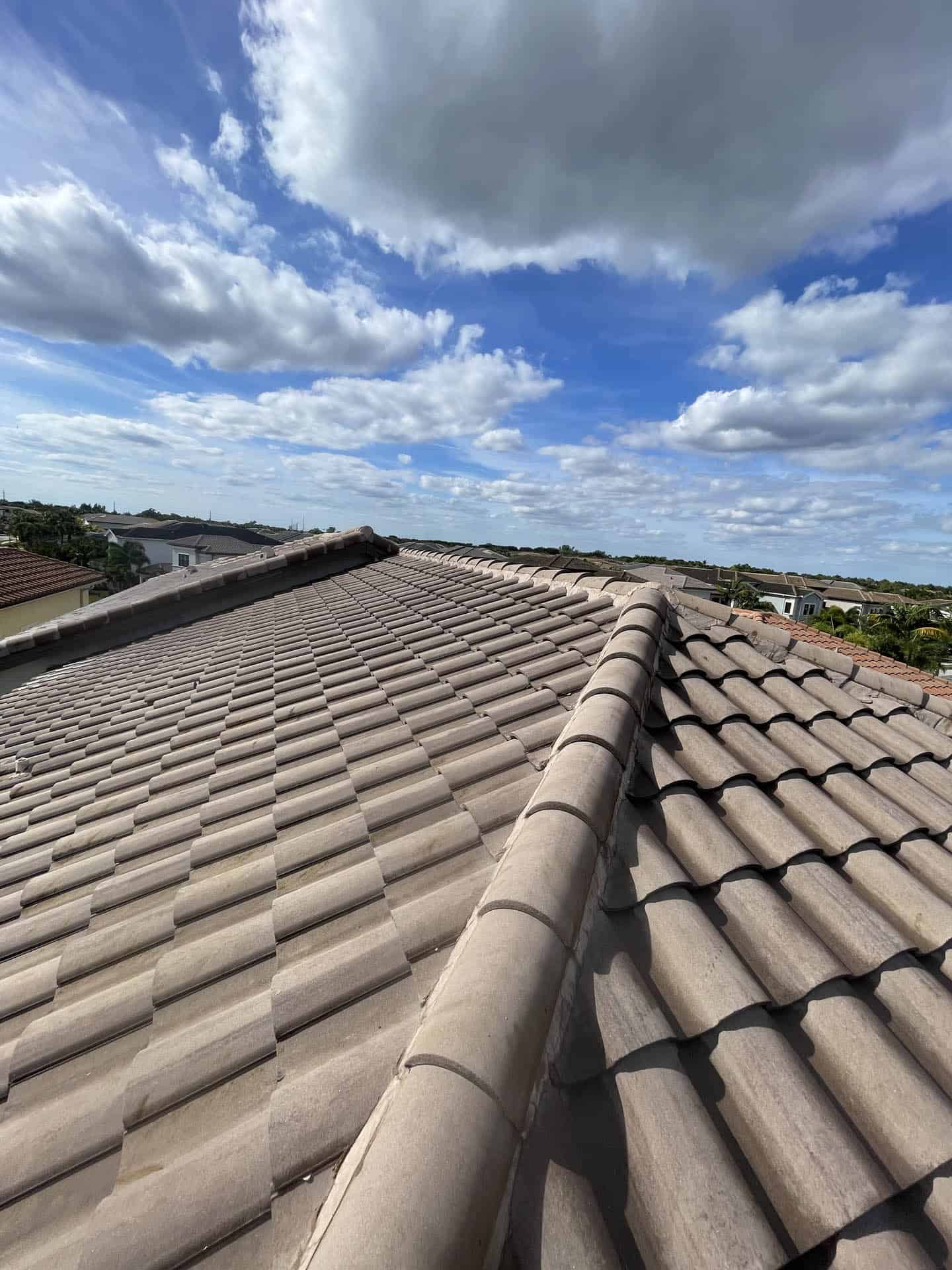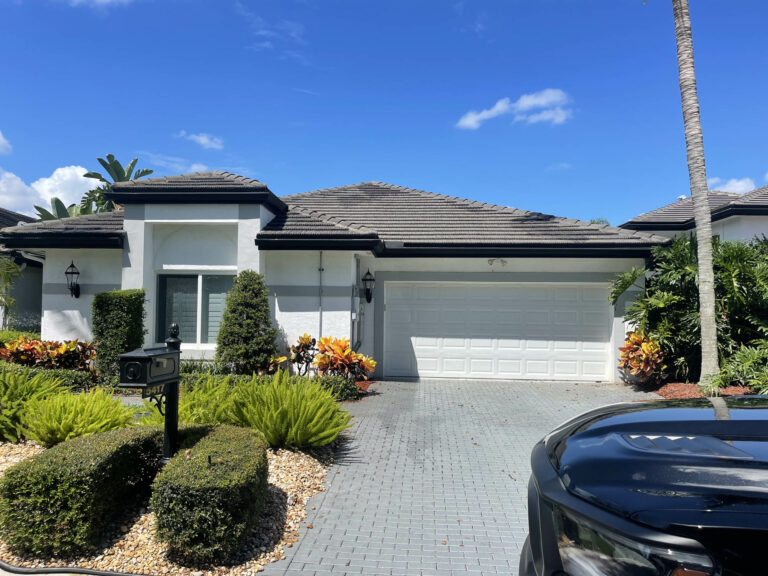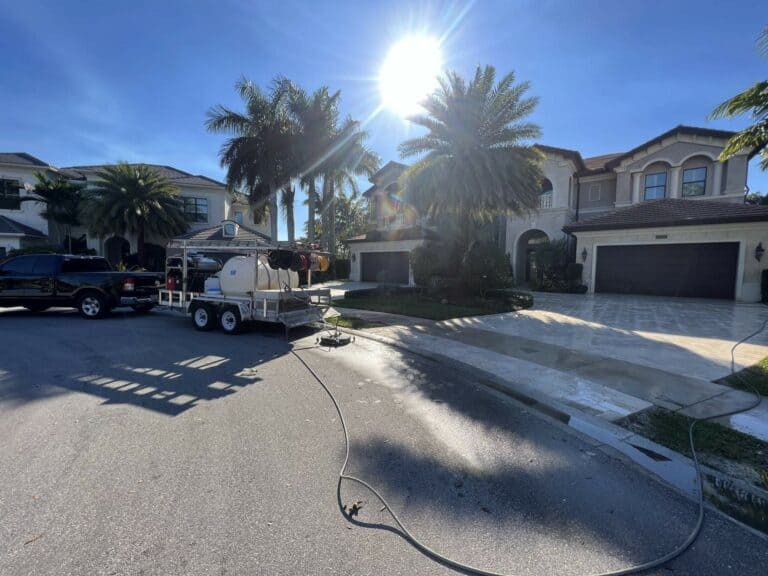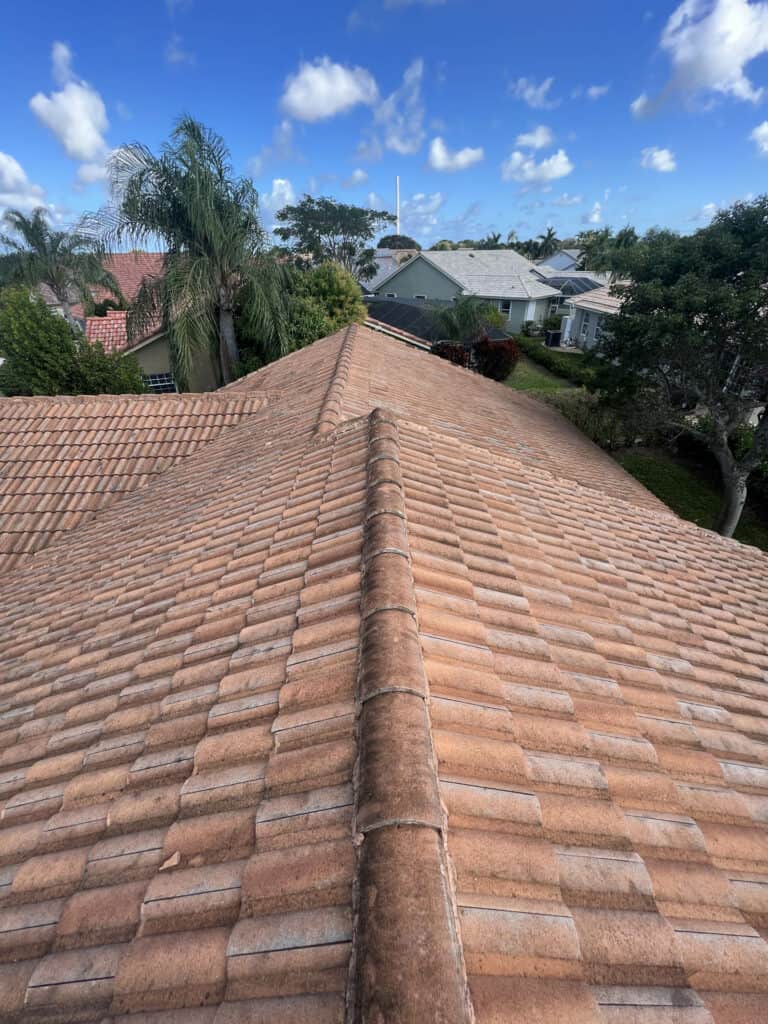Maintaining the health and aesthetics of a roof is a key part of home or building upkeep, but it can often feel like navigating a maze when deciding which cleaning methods are the best fit for your needs. This article aims to clear up any confusion by diving deep into two popular roof cleaning methods: chemical roof cleaning and pressure cleaning. We’ll explore the details of each approach, discussing their advantages, drawbacks, and best applications. By understanding the difference between chemical roof cleaning, which employs specific biocides to tackle roof-damaging organisms, and pressure cleaning, which utilizes high-pressure water to wash away dirt and grime, you’ll be better equipped to make an informed decision about which method is right for your specific roof maintenance needs. So, whether your roof is battling an invasion of moss or a layer of stubborn dirt, read on to discover the most effective and safe solutions.
What Is Chemical Roof Cleaning?
Chemical roof cleaning is a method of cleaning roofs to remove dirt, algae, mold, lichens, and moss that can accumulate over time. This process involves the use of certain chemical solutions designed to effectively eliminate these unwanted substances without causing harm to the roof material itself or the surrounding environment.
The most common chemicals used in roof cleaning include:
- Sodium Hypochlorite: This is a powerful bleach often used to kill algae and other types of mold or fungus. It’s typically diluted with water and applied to the roof. After a certain period of time, the solution is then rinsed off.
- Sodium Percarbonate: This is a relatively gentle option often used for eco-friendly roof cleaning. It’s an oxygen bleach that can kill algae and brighten your roof without the harsh effects of chlorine bleach.
- Copper Sulfate: This is another common chemical used to kill moss and algae. However, it should be used sparingly as it can stain certain types of roofs and is more toxic to the environment.
The process often involves spraying the chemical solution onto the roof, letting it sit to do its work, and then thoroughly rinsing the roof with low-pressure water. Chemical Roof cleaning is different from pressure washing because it doesn’t use high pressure to clean the roof instead it uses chemicals that dissolve the debris and clean the roof. It’s important to avoid high-pressure water washing as it can cause damage to the roof, especially if the roof is made of delicate materials like asphalt shingles.
Chemical roof cleaning should always be carried out with the necessary precautions to protect the individual applying the chemicals, as well as any plants or animals in the surrounding area. It should also be noted that runoff from the process can be harmful to nearby water sources and landscape, so care should be taken to manage this appropriately. It’s often best to hire professionals to perform this type of work to ensure it’s done correctly and safely.
What is the difference between chemical roof cleaning and pressure cleaning?
Chemical roof cleaning and pressure cleaning are two different methods used to clean roofs and other surfaces. Here’s how they differ:
Chemical Roof Cleaning:
As explained earlier, chemical roof cleaning involves the use of specific chemicals (like sodium hypochlorite, sodium percarbonate, or copper sulfate) that are designed to kill and remove organisms like algae, moss, and lichen that can damage roofs over time. After applying the chemical solution, it’s typically left to sit and work for a period, then the roof is rinsed with low-pressure water. This method can be very effective, but the chemicals used can potentially harm plants and aquatic life if not handled properly.
Pressure Cleaning:
Pressure cleaning, also known as power washing, involves the use of high-pressure water to remove dirt, grime, and other substances from surfaces. In the case of roofs, the pressure should be controlled to avoid damaging the roofing material. This method can be very effective for removing loose debris and can be used without chemicals. However, it may not fully remove organisms like moss or lichen that can be more deeply rooted, and it can potentially cause damage to the roof if not done properly. For example, the high pressure can dislodge granules from asphalt shingles or break clay tiles.
Comparison:
Chemical roof cleaning tends to be more gentle on the roof because it doesn’t rely on high pressure that can cause physical damage. It also tends to do a better job of killing off organisms that can damage the roof over the long term. However, it requires the use of chemicals that can be harmful if not used properly.
Pressure cleaning can remove surface dirt and grime very effectively without the need for chemicals. However, it might not kill off harmful organisms as effectively, and there’s a risk of damaging the roof if the pressure is too high or if the washing is not done correctly.
Overall, the best method will depend on the type of roof, the extent and type of dirt or organisms present, and the specific circumstances of the job. In some cases, a combination of both methods might be used. For example, a low-pressure chemical cleaning (also known as soft washing) might be used to kill off harmful organisms, followed by a gentle pressure washing to remove any remaining debris.
Select A Service Location
Final Thoughts on Chemical Roof Cleaning vs. Pressure Cleaning
When it comes to maintaining the cleanliness and longevity of your roof, both chemical roof cleaning and pressure cleaning have their distinct advantages and potential drawbacks. Your choice between these two methods should hinge on the specific condition and material of your roof, as well as your environmental concerns.
Chemical roof cleaning provides a thorough solution that’s effective against biological threats such as algae, moss, and lichen, which can deteriorate roofing materials over time. It offers a gentle, non-invasive cleaning process that typically avoids any physical damage to the roof. However, the environmental impact and potential harm to surrounding vegetation are considerations that must be taken into account when opting for this method. Proper handling and application of the chemicals, as well as responsible management of the runoff, are crucial.
Pressure cleaning, on the other hand, can be an effective, chemical-free solution for removing loose dirt and grime. It offers an immediate aesthetic improvement and can be particularly effective on sturdy roof types that can withstand the pressure. But caution must be exercised, as the high-pressure water can potentially damage delicate roofing materials or dislodge protective granules, especially on asphalt shingles.
Some homeowners and professionals favor a hybrid approach – a low-pressure chemical cleaning (soft washing) followed by a gentle pressure wash. This can combine the deep-cleaning power of chemical solutions with the surface-cleaning effectiveness of pressure washing.
In conclusion, the best cleaning method for your roof depends on a variety of factors including the type of roofing material, the nature of the debris or organisms present, and your environmental preferences. Always consider seeking advice from a professional roof cleaning service, as they can provide the appropriate treatment while ensuring the process is carried out safely and effectively.
Wash Docs is here to help if you have any questions, contact us today!
